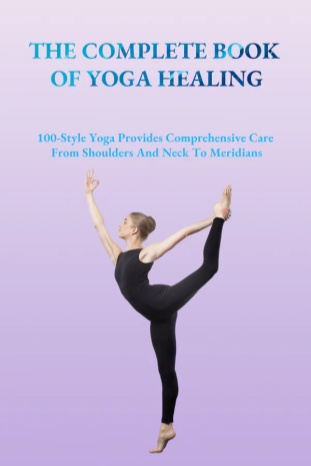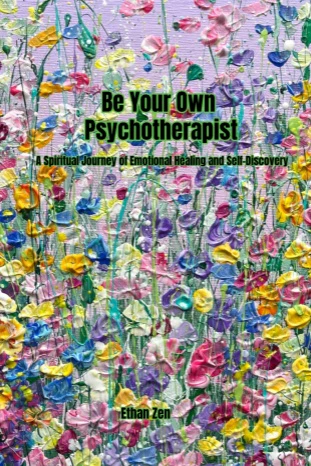Three Basic Principles of Zen Meditation
1. Relaxation Comes First
In Buddhism, the idea of “letting go” is essentially about relaxation. Whether it’s mental suffering or physical suffering, the root cause is tension in both mind and body—clinging and tightness. As long as you are mindful of this tension and try to relax it, knowing that you are in the process of relaxing, you are practicing Zen meditation.
You may not be able to fully relax, and that’s okay because relaxation can lead to liberation. The relaxation taught in Buddhism is a gradual release. You just need to relax within your capacity and be aware that you are relaxing. As you continue this practice, you will improve and eventually be able to let go of all worldly troubles.
You don’t even need to sit in meditation or understand advanced Buddhist teachings. In your daily life—while walking, waiting for an elevator, or during moments of boredom—just pay attention to the tension in your shoulders, forehead, or mouth. Gently relax them. Keep observing, keep relaxing, and prevent these areas from becoming tense again. This is an excellent form of Zen meditation.

2. Maintain a Playful Attitude
Zen meditation is like a game. The Buddha, Dharma, and Sangha are part of this game, and the only goal of the game is to help you relax and let go. Don’t treat Zen practice as a burden, and don’t burden yourself with rigid ideas about the Buddha, Dharma, and Sangha. When you take things too seriously, you lose the ability to relax.
Avoid being too strict. Zen meditation is an experiment, a playful activity like children playing house. Don’t force yourself into difficult postures like full-lotus or half-lotus, and don’t feel the need to argue with others whose understanding of Buddhism differs from yours. Keep a playful, easygoing attitude, and approach meditation as an experiment. Try out different methods of relaxation to see what helps you relax more deeply.
If you’re startled by a sound during meditation, feel bodily sensations, or see visions of Buddhas, bodhisattvas, or even demons, keep a playful attitude. Don’t take anything too seriously—you’re here to play and relax, not to dwell on these experiences.

3. Take Refuge in Your Awareness
Do not trust your thoughts, especially when you’re feeling tense. Thoughts are part of the five aggregates (skandhas), which can deceive you and cause tension. The goal of Zen meditation is to see through the illusion created by the five aggregates.
Your understanding of the Buddha, Dharma, and Sangha is just your mind’s interpretation of them. If your understanding were perfect, you’d already be a Buddha or bodhisattva. So, don’t cling to your thoughts or assume you’re always right. A more skillful approach is to assume that you’re wrong. If you hadn’t been making mistakes, would you be experiencing so much suffering?
Take refuge in your awareness. At any moment, return to mindfulness, return to awareness. You may not fully understand awareness yet, but that’s okay. Awareness is like a great river flowing naturally to the sea, leading to nirvana. Awareness will guide you to peace, serenity, and freedom.
Awareness means knowing what you are doing. Awareness is mindfulness in relaxation, knowing that you are relaxing. Awareness is focusing your mind on the sensations of your body.
Taking refuge in your awareness is more reliable than taking refuge in the Buddha, Dharma, and Sangha as imagined by your mind. Awareness is the light that the Dharma emits, and in this world, it is the one thing you can truly rely on.







